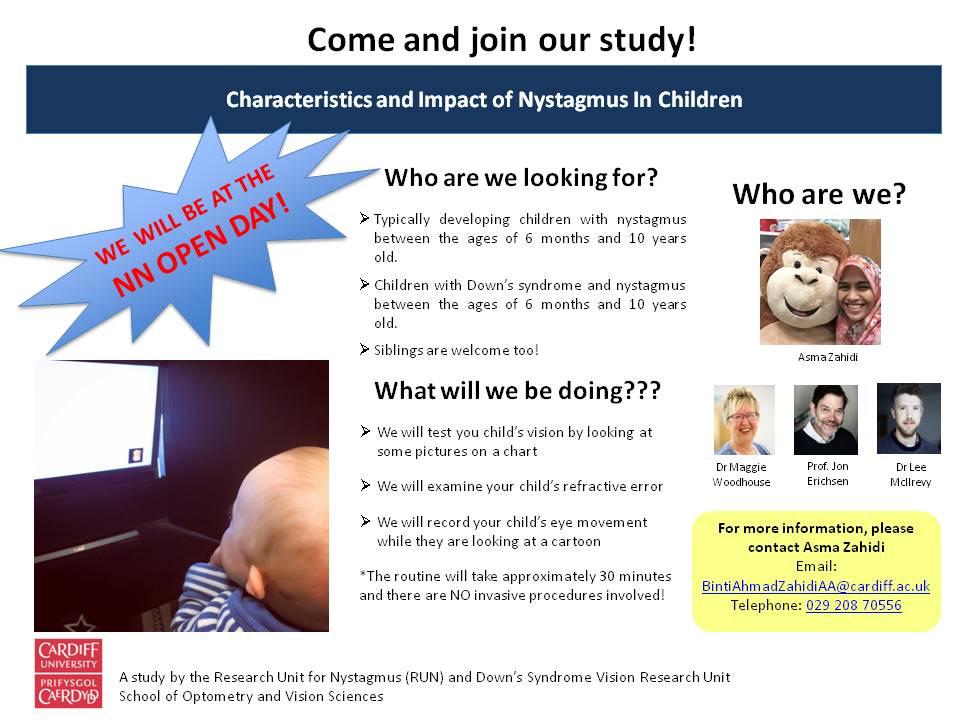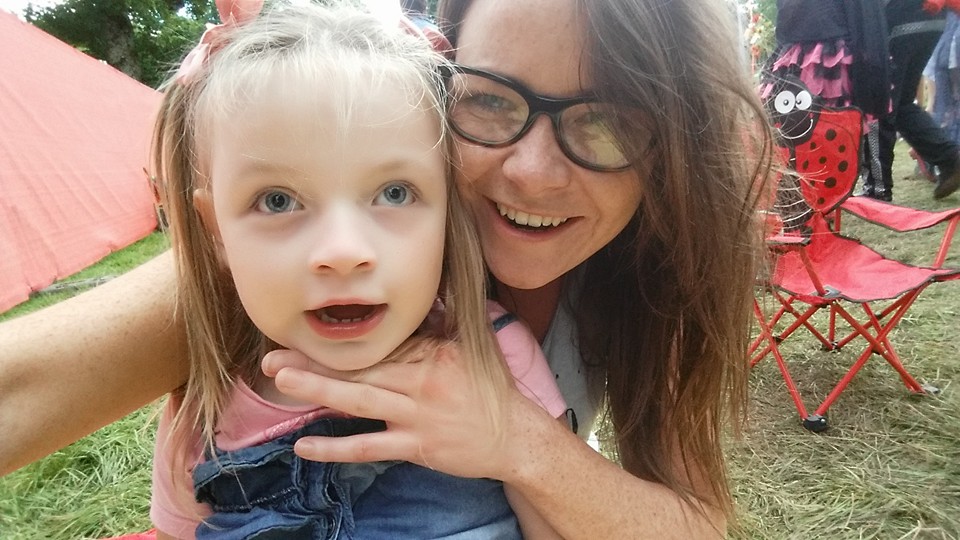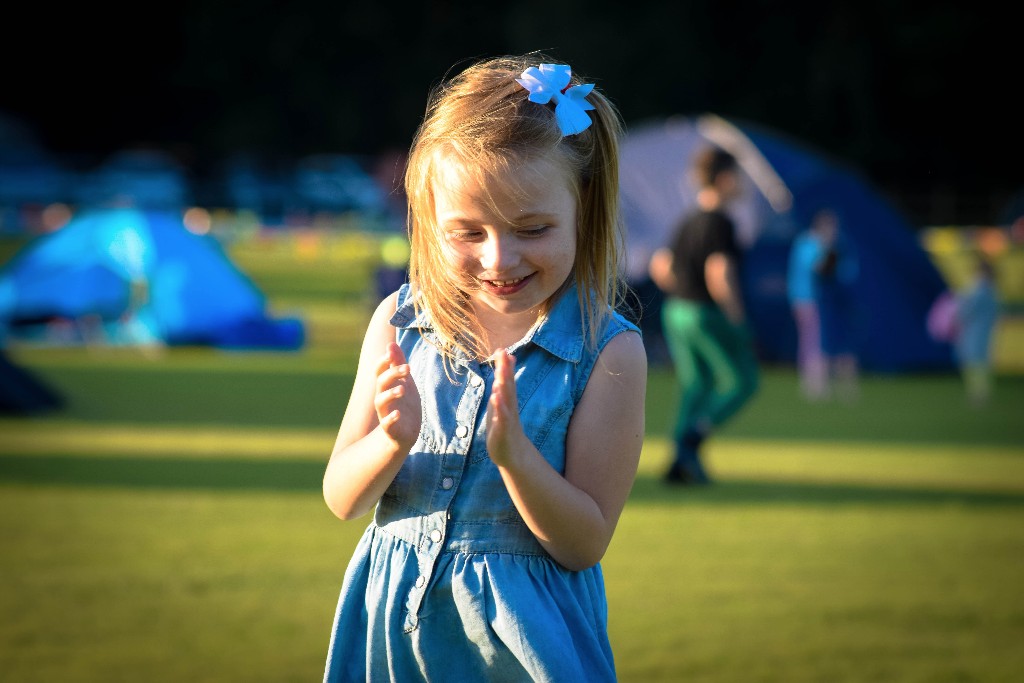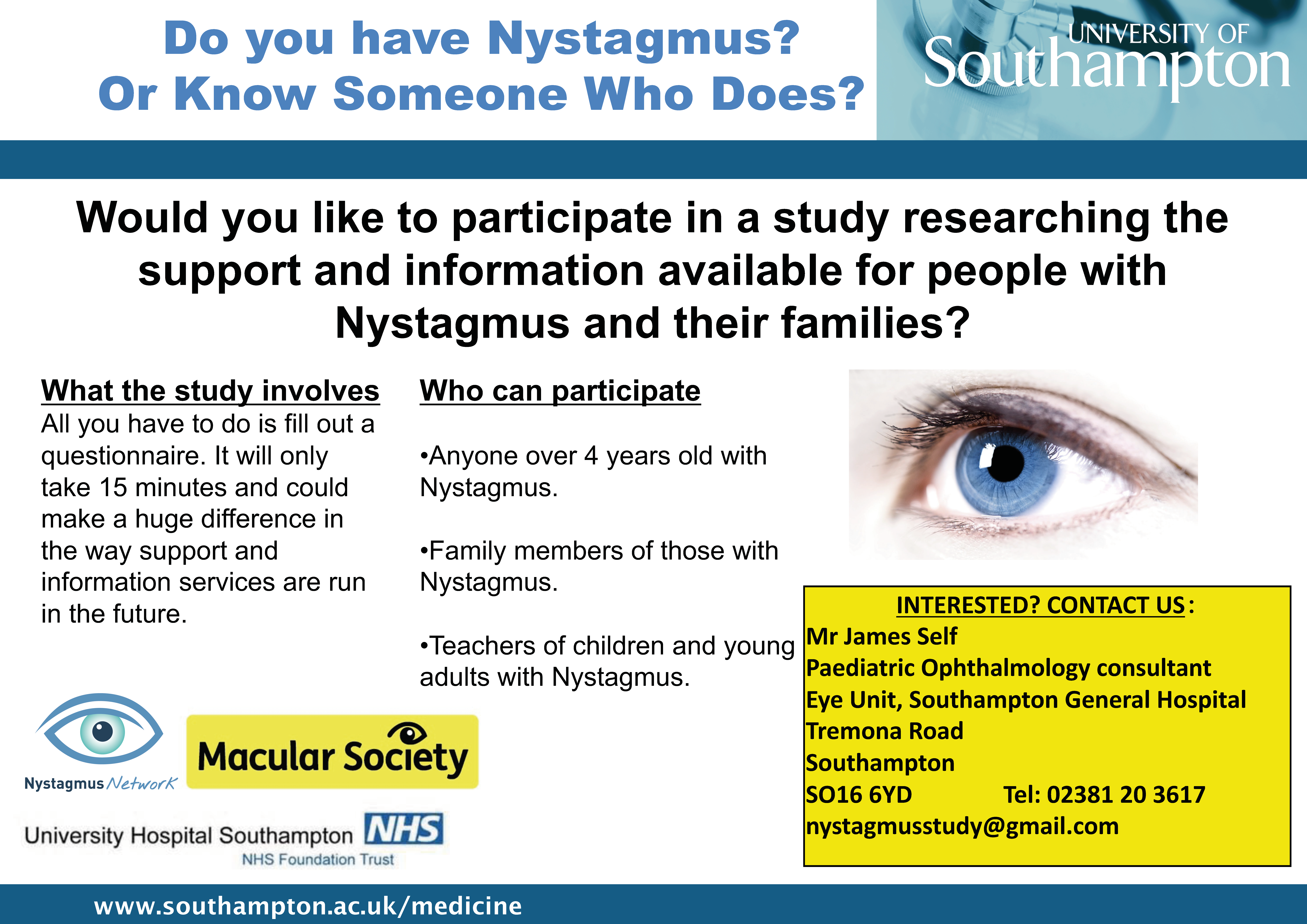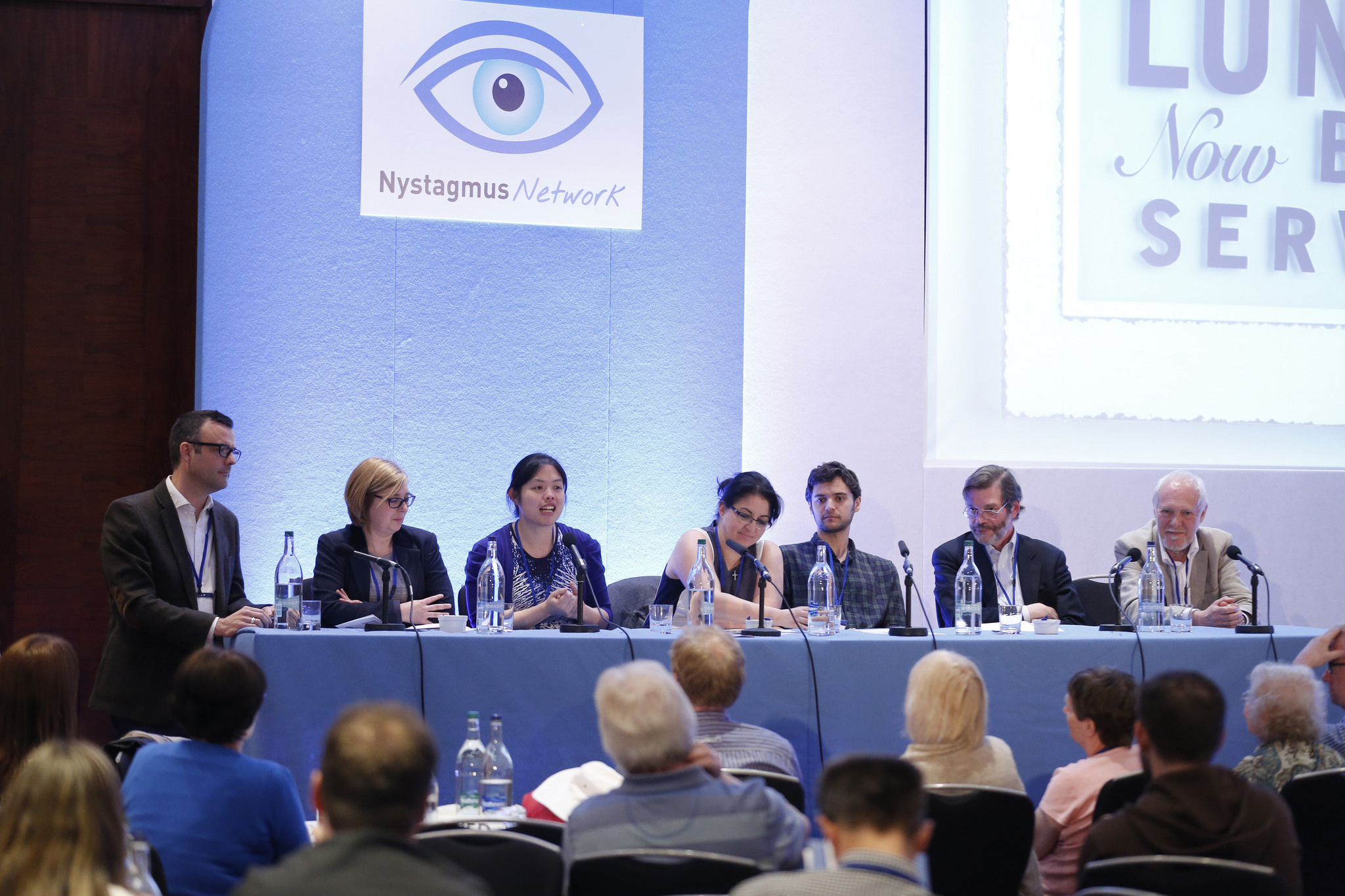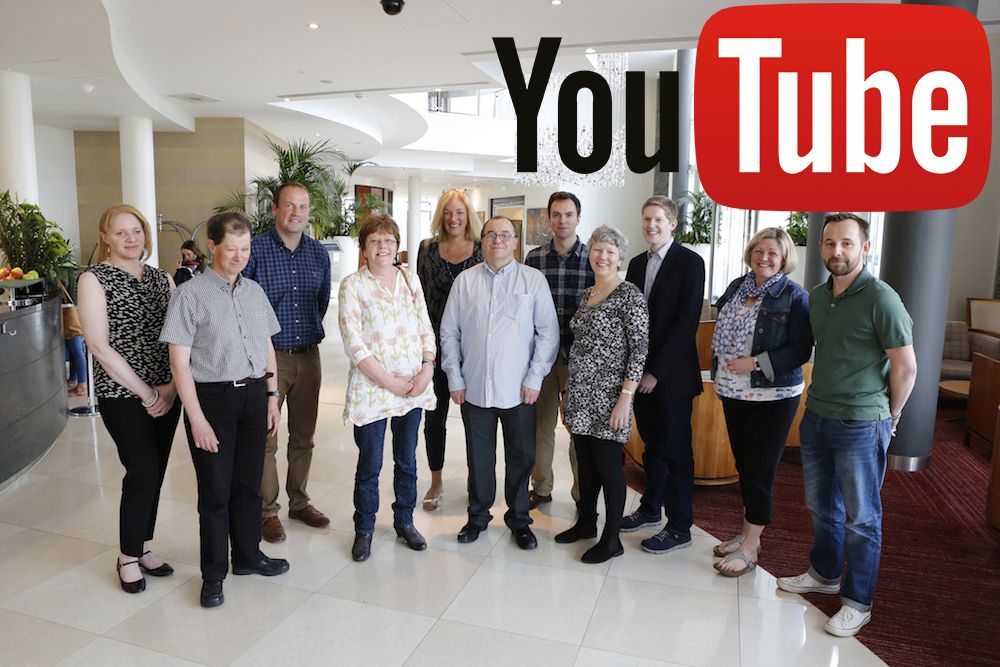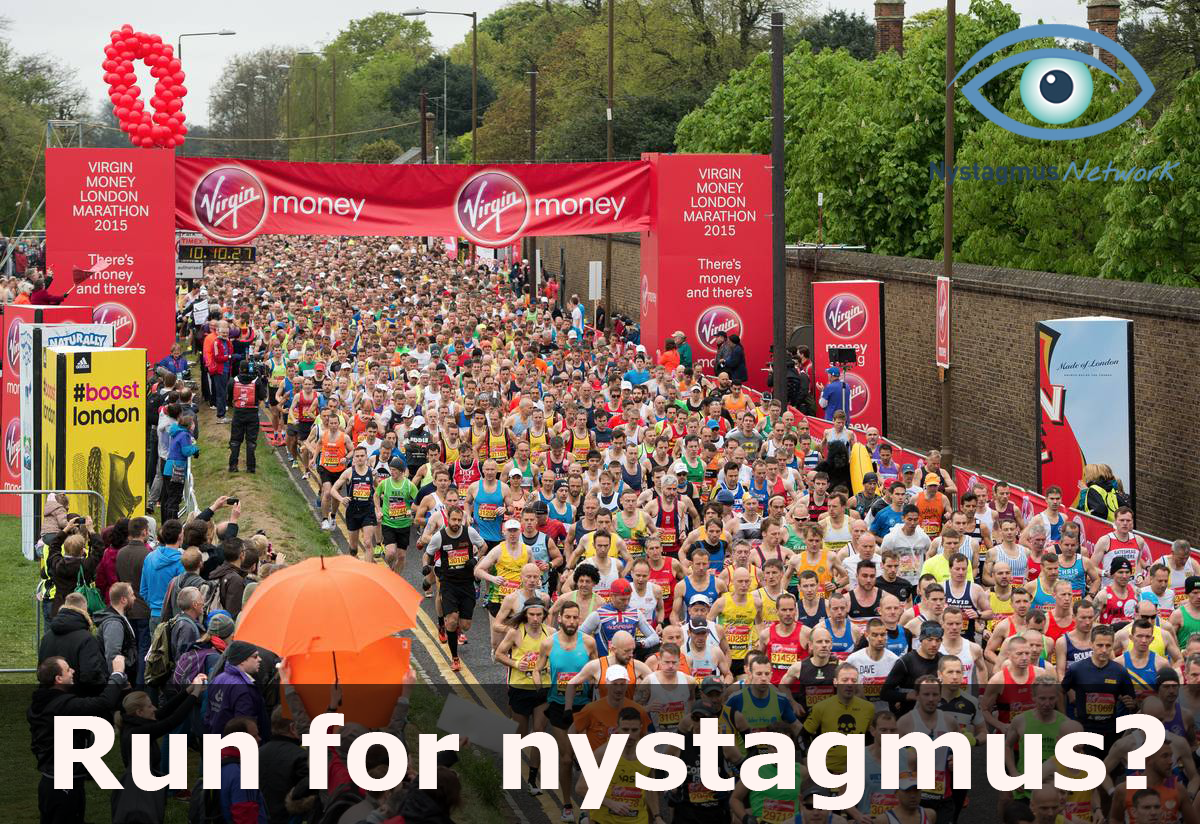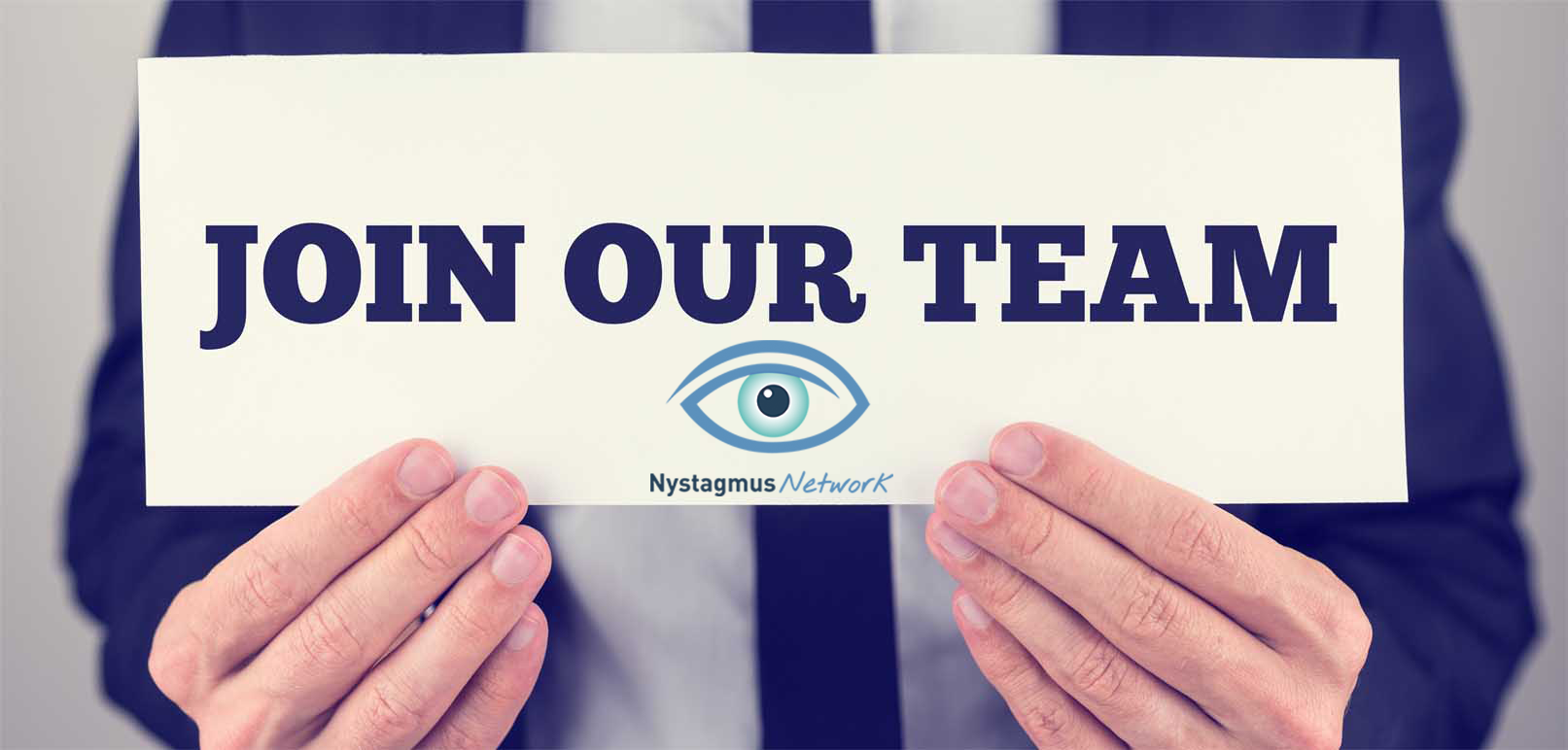City University would like to invite you to take part in a research study. Before you decide whether you would like to take part it is important that you understand why the research is being done and what it would involve for you. Please take time to read the following information carefully and discuss it with others if you wish.
What is the purpose of the study?
Many individuals with visual impairment report a reduced quality of life. This is thought to be due to their reduced visual functions, although other factors could also be involved such as the effect of other conditions and general health. Personality type and patterns of interpersonal relationships (attachment style) may also need to be taken into account. The purpose of the study is to investigate the relationship between adult attachment style, personality type and response to visual function quality of life questionnaires in patients that are visually impaired. We anticipate the study will take around 12 months to complete.
Why have I been invited?
City University would like to invite 44 volunteers aged 18 and over to take part in the study. To take part you must be registered as visually impaired (or have a level of vision consistent with registration), and a known diagnosis. If you are unsure whether you qualify for participation please contact the research centre.
Do I have to take part?
It is up to you to decide whether or not to take part. If you do decide to take part you will be asked to sign a consent form. If you decide to take part you are still free to withdraw at any time and without giving a reason.
What will happen if I take part?
If you decide to take part, an appointment will be arranged for you. The researcher may contact you by email, text or telephone to remind you of your appointments.
You will attend for one visit with the researcher. This will take place at City Sight (City University London, Tait Building, London). The visit is expected to last approximately 2 hours. At the start of the appointment you will sign a consent form agreeing to take part in the study. You will then be asked some questions about the health of your eyes. During the visit you will have some standard vision tests, such as checking your vision using a letter chart. You will also be given a questionnaire (this can be done verbally) to complete.
Expenses and Payments (if applicable)
A reward of £25 will be given to all participants. This will be issued as a Marks and Spencer gift voucher.
What are the possible risks of taking part?
There are no risks involved by taking part in this study.
What are the possible benefits of taking part?
Whilst the knowledge gained from this study may be of no immediate benefit to you; the results will provide a better understanding of the relationship between adult attachment style, personality type and response to visual function quality of life questionnaires in patients that are visually impaired. This may ultimately lead to the design of more tailor made rehabilitation services for visually impaired individuals.’
What will happen when the research study stops?
All collected data will be kept securely in accordance with the University and Data Protection Act guidelines. Disposal of data after the obligatory retention period will be done in a secure manner according to the University policy.
Will my taking part in the study be kept confidential?
Your identity will be recorded against the findings but will not be stored on any computer. This information will be kept in a locked filing cabinet in the Optometry and Visual Science Division, City University London. Only the investigators will have access to this information. Your identity is needed in case we wish to contact you at a later date. All data will be anonymised. The results obtained will be analysed and probably published but your identity will never be unveiled.
What will happen to results of the research study?
You will be given an oral summary of any significant results. Please note that although these procedures may give you useful information about your vision, they are not a full eye test that can be used for diagnostic purposes, and are no substitute for regular visits to your optometrist.
At the end of the study we aim to publish the findings in an internationally peer reviewed journal.
What will happen if I don’t want to carry on with the study?
You are free to withdraw from the study without an explanation or penalty at any time.
Complete the form below
If you would like to take part in the study please complete the form below.
No Fields Found.


